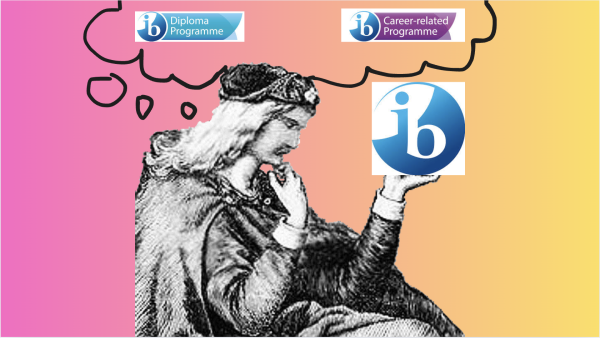The Origin of Valentine’s Day
Tis the Season of Love: Junior Leah Overstreet celebrates Valentine’s Day, the day of love, affection, and chocolate.
In modern society Valentine’s day is often tied to celebrations of romantic love and courtship. Hallmark cards, chocolates, and flowers define the day and couples eagerly await it from the start of February. But where did this holiday of love originate? Through the frenzy of preparing for such a day, people often forget to reflect upon the origins Valentine’s day.
The beginnings of Valentines go back to the days of the Roman Empire. Prior to the arrival of CHristianity an annual Pagan festival called Lupercallia was celebrated. The festival involved various outlandish traditions including a matchmaking lottery. In the 3rd Century AD Emperor Claudius II executed two men over two separate years, both named Valentine, on February 14th. They were incarcerated and later killed upon being caught marrying Christian couples and helping Christians who were being persecuted by Claudius, who was of the Pagan faith. The executed men were later named Martyrs by the Catholic church, and given St. Valentine’s Day on February 14th partly to discourage the festival of Lupercalia.
As the years went on, the holiday was romanticized for its historic themes of forbidden love and marriage. In the middle ages and early modern period, seminal English writers Shakespeare and Chaucer used Valentine’s Day in their work, and paper cards began circulating throughout England and the rest of Western Europe as a way to show love for partners.
Eventually, Valentine’s Day made its way over to the New World. Cards began circulating in the 1700’s, with Esther Howland selling the first mass-produced Valentines in America in 1840.
In 1913, Hallmark Cards began mass producing Valentines. The holiday hasn’t been the same since, and the meaning was all but lost. Today, Valentine’s Day is heavily commercialized, and often a source of stress for couples. Despite all the modern bombast it’s important to remember the fascinating roots of this iconic holiday.







